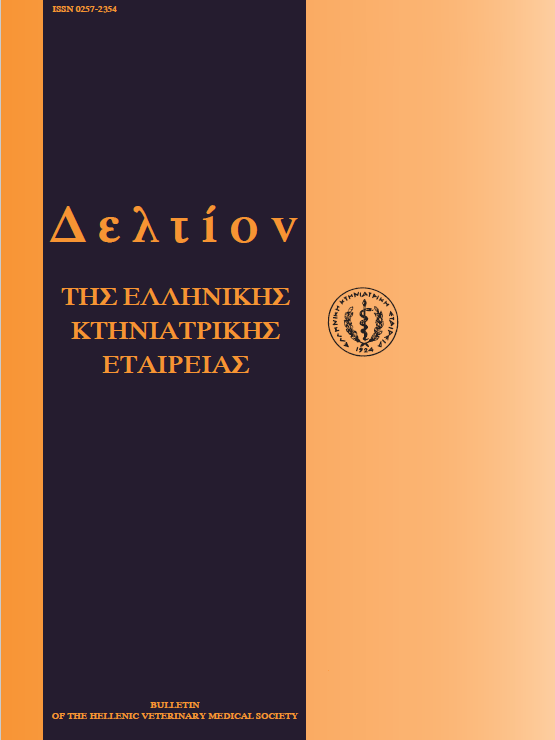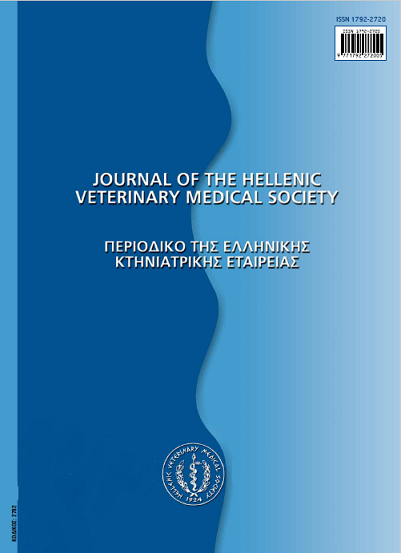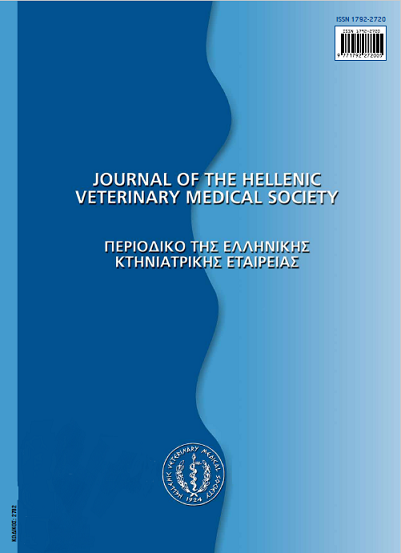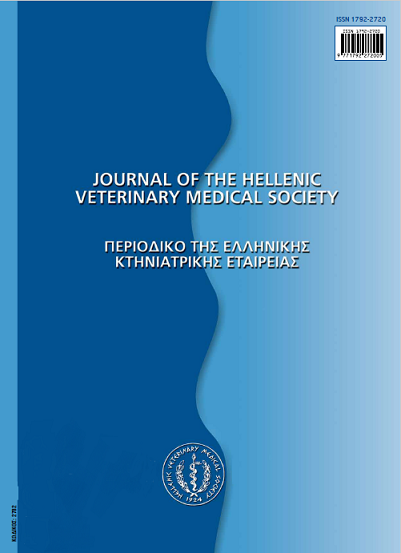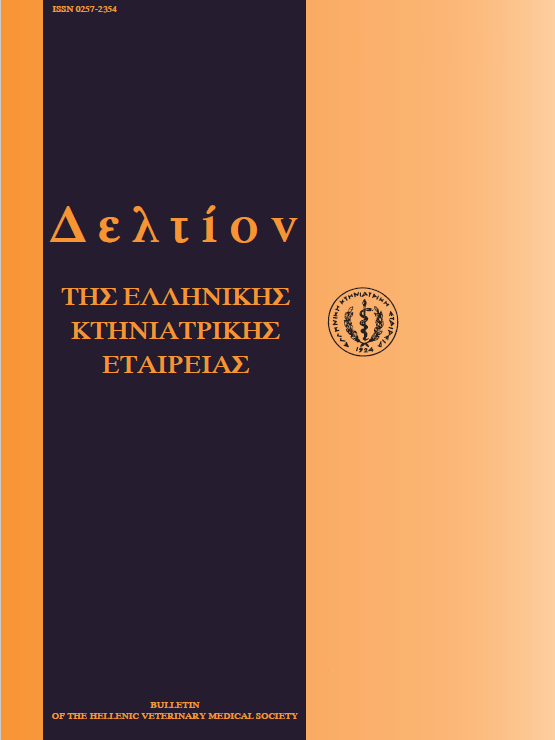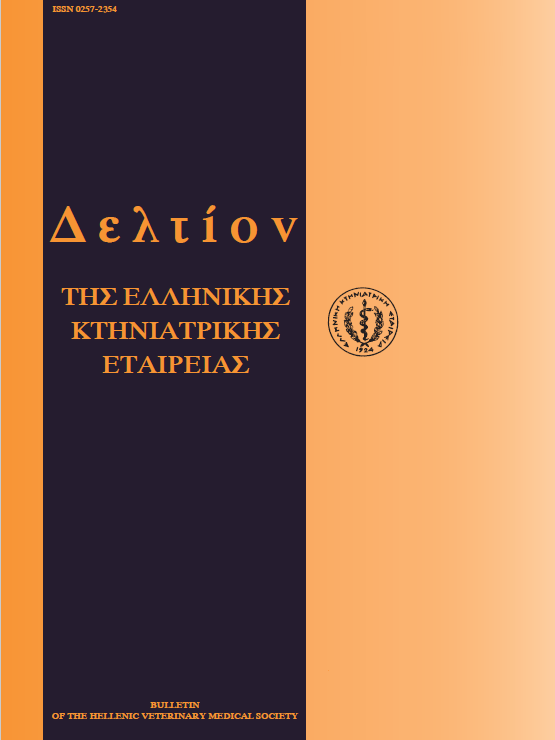Current aspects on vaccines and immunization in the dog and cat. Part I. General aspects-Vaccines and vaccinations in the dog
Abstract
Immunoprophylaxis plays a pivotal role within the frame of contemporary preventive medicine, enabling the practicing veterinarian to control the most common infectious diseases that may pose a threat on the health status or life itself in the dog and cat. Passive immunization is the administration of preformed antibodies in animals of the same or different species. An alternative to maternal immunity, the natural way of passive immunity, is the use of hyperimmune serum or plasma in colostrum-deprived neonates, in unvaccinated puppies and kittens that belong to high risk groups and in immunocompromised animals. In small animal practice the main vaccine types currently in use for vaccination, an active immunization procedure, include the modified live vaccines, the inactivated and the subunit vaccines. The sound knowledge of these vaccines special features and the potential causes of vaccination failures are essential if a successful vaccination schedule is to be implemented. Vaccinations can start at the 6th week of life in colostrum-afforded neonates while in colostrum-deprived puppies at the 4th week with the use of inactivated vaccines. In the dog, infectious diseases such as distemper, infectious hepatitis, leptospirosis (L. canicola, L. icterohaemorrhagiae), rabies, infectious tracheobronchitis, parvovirus infection, Coronavirus enteritis and babesiosis can be prevented by the use of vaccines which are currently available.
Article Details
- How to Cite
-
MYLONAKIS (Μ.Μ. ΜΥΛΩΝΑΚΗΣ) M. M., KOUTINAS (Α.Φ. ΚΟΥΤΙΝΑΣ) A. F., & PLEVRAKI (Κ.Γ. ΠΛΕΥΡΑΚΗ) K. G. (2018). Current aspects on vaccines and immunization in the dog and cat. Part I. General aspects-Vaccines and vaccinations in the dog. Journal of the Hellenic Veterinary Medical Society, 50(1), 15–24. https://doi.org/10.12681/jhvms.15694
- Issue
- Vol. 50 No. 1 (1999)
- Section
- Review Articles

This work is licensed under a Creative Commons Attribution-NonCommercial 4.0 International License.
Authors who publish with this journal agree to the following terms:
· Authors retain copyright and grant the journal right of first publication with the work simultaneously licensed under a Creative Commons Attribution Non-Commercial License that allows others to share the work with an acknowledgement of the work's authorship and initial publication in this journal.
· Authors are able to enter into separate, additional contractual arrangements for the non-exclusive distribution of the journal's published version of the work (e.g. post it to an institutional repository or publish it in a book), with an acknowledgement of its initial publication in this journal.
· Authors are permitted and encouraged to post their work online (preferably in institutional repositories or on their website) prior to and during the submission process, as it can lead to productive exchanges, as well as earlier and greater citation of published work.

